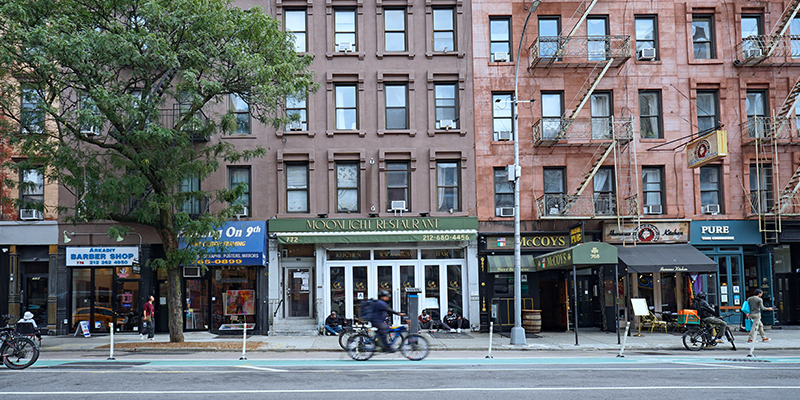The tale of the office market in 2023: it was neither the best of times nor the worst of times. This year has continued to be one of recalibration and reevaluation for office space usage across the U.S. While some companies have called employees back to the office full-time, others have embraced the transition to being fully remote and others are somewhere in between. But what does the data show about office usage now and what’s ahead? In a recent NAIOP webinar, the authors of the recent office space demand forecast published by the NAIOP Research Foundation explained their research findings.
The forecast’s authors – Hany Guirguis, Ph.D., professor, economics and finance, Manhattan College, and Michael Seiler, DBA, visiting research scholar, Federal Housing Finance Agency; visiting professor (MIT); and J.E. Zollinger Professor of Real Estate & Finance, College of William & Mary – started off with a high-level look at the economy. The U.S. economy avoided a recession in 2023 and real gross domestic product (GDP) has now expanded for the fifth straight quarter. “It’s nothing to brag about but it’s not as bad as some of the doomsdayers say,” Seiler said.
Seiler explained that the Federal Reserve’s continued efforts to quell inflation by raising interest rates have been effective, but at the expense of economic growth. After peaking at 9.1% in 2022, the inflation rate has declined to 3.1% on a yearly basis, according to the U.S. Bureau of Labor Statistics. And the national unemployment rate, currently at 3.9%, “has been trending in the right direction: quite low and quite stable,” Seiler said.
Slower consumer spending – impacted by factors including lower disposable personal income and resumed student loan debt payments – could translate to slower economic growth in the coming quarters, Seiler said. But overall, the state of the economy is not as bad as once feared.
Just this week, Federal Reserve Chair Jerome Powell announced that interest rates will remain unchanged, with one or more rate cuts predicted by the end of 2024, according to The New York Times, providing economists with a sense of cautious optimism going into the new year.
The office sector mirrors the broader economy in that data is neither all good nor all bad. Office utilization has remained relatively flat over the last year, based on cell phone location data and building access records, Seiler said. But for all the doom and gloom about the state of the office market, the true story isn’t as dire in reality – which is not to say it’s a rosy fairytale, either.
As office leases expire, tenants are leasing smaller spaces in newer buildings with modern amenities that can draw workers back to the office. The largest increases in vacancy rates are concentrated in a small proportion of the most functionally obsolete office buildings, Seiler said, which often face dual challenges of both poor location and lack of amenities.
Due to the lag between starting construction and delivering new office space, projects begun years ago continue to reach the market, Seiler said. According to CBRE, 17.1 million square feet of office space was delivered over the last two quarters. The NAIOP Research Foundation report notes that: “Combined with negative 12.3 million square feet of net absorption over the last two quarters, these completions have contributed to a rising national average vacancy rate, which reached 18.4% in the third quarter, the highest rate since 1992. Even if net absorption turns positive as currently forecast, vacancy rates will continue to rise so long as new completions exceed net absorption.”
The NAIOP Research Foundation’s report provides two tables showing projected net absorption of office space: one if a recession occurs – which Guirguis placed at about a 30% chance in the first half of 2024 – and one if it does not. Weighting the two tables according to the likelihood of a recession, Guirguis and Seiler said they expect 5.7 million square feet of total absorption of office space in 2024, with 4.5 million square feet of absorption in the first three quarters of 2025.
Guirguis identified the greatest risks to the U.S. office market going forward as excessive corporate debt, geopolitical threats, concerns regarding a recession (even if it turns out to be mild) and the continued pattern of working from home.
Is the forecast full of storm clouds for U.S. office space, then? Maybe not, but it’s also not sunny skies, either. Look for the second quarter 2024 report for the next update on what’s happening in the office sector and what to expect next.
Download the NAIOP Research Foundation report for a full analysis from Guirguis and Seiler. NAIOP members can log in to watch the archived webinar.








